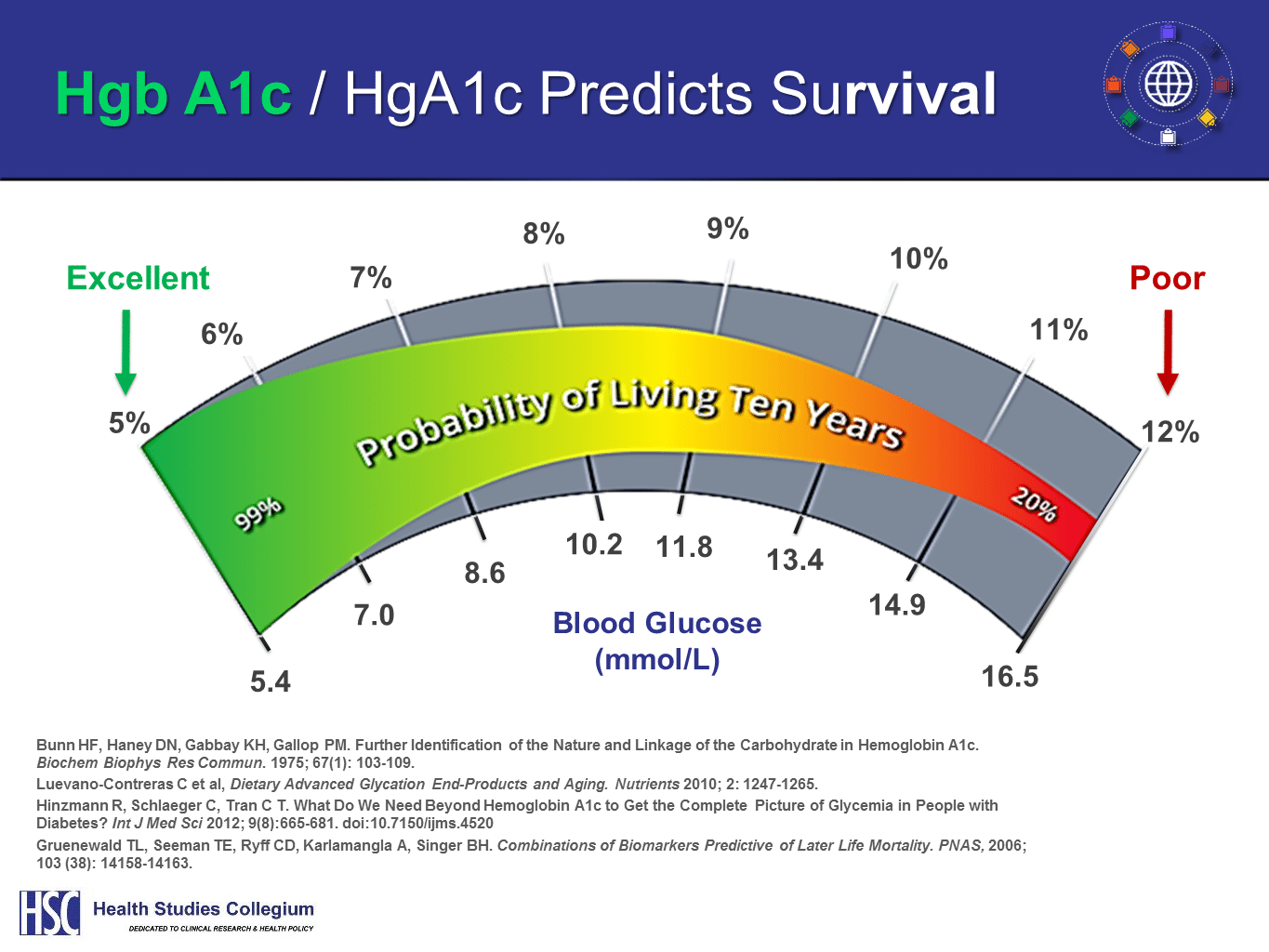

It takes work, but the time and effort you put into it can result in good control and an improved quality of life. Think of your diabetes as you would a job, Dodell says. You’ll need to bring these day-to-day fluctuations under control, since they can lower your quality of life and increase your risk of complications, he says. Your A1C score is a helpful tool, Dodell says, but it is not the only indicator of how healthy you are.įor example, you could hit your A1C goal but still have wide fluctuations in your blood sugar levels, which is more common among people who take insulin. If you can keep your A1C number below your goal - which, for many people with diabetes, is less than 7 percent, says Dodell - you can reduce the risk of complications, such as nerve damage and eye problems. Several factors come into play, such as your age, how advanced the diabetes is, and whether you have any other health conditions. For many people with type 2 diabetes, the goal is to reduce A1C levels. Dodell says.Īccording to the ADA, an A1C level below 5.7 percent is considered normal between 5.7 and 6.4 signals prediabetes and over 6.5 percent indicates type 2 diabetes. The more glucose that enters the bloodstream, the higher the amount of glycated hemoglobin,” Dr. As glucose enters the bloodstream, it binds to hemoglobin. “Hemoglobin is a protein within red blood cells. The A1C test measures the glucose (blood sugar) in your blood by assessing the amount of what’s called glycated hemoglobin. Any in-office test results pointing to a change in your health should be confirmed by conventional lab tests. That can only be done by lab tests certified by the NGSP, an organization that standardizes A1C test results.

While in-office tests can be used to monitor the disease, the National Institute of Diabetes and Digestive and Kidney Diseases (NIDDK) notes that most point-of-care tests should not be used for diagnosis. Often, your blood sample is sent out to a lab, though some doctors can use a point-of-care A1C test, where a finger stick can be done in the office, with results available in about 10 minutes. The A1C test results provide insight into how your treatment plan is working and how it might be modified to better control the condition. This simple blood draw can be done in your doctor’s office. If your therapy has changed or you are not meeting your blood sugar targets, the ADA recommends getting the test four times per year.

If your blood sugar levels have remained stable and your A1C is within your target range, the American Diabetes Association (ADA) recommends getting the test two times a year. How Often Do You Need to Take an A1C Test?


 0 kommentar(er)
0 kommentar(er)
